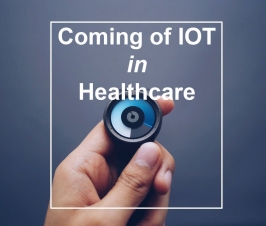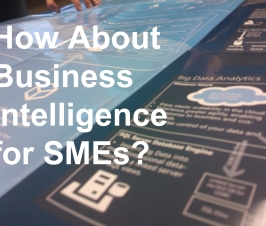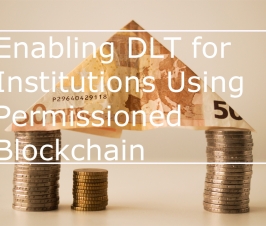Can iBeacons ever reach the heights of its true potential
Advancements in technology have greatly changed the way human beings think and do business. Thanks to innovation, there are easier ways of getting tasks done within shorter time frames. iBeacon technology is a new form of technology that has great potential, if it can truly be applied in fields that require its strengths. While the concept is still being developed, individuals and businesses are already taking advantage of its potential. In this article, I will be explaining what iBeacon technology is, and the possibilities for this form of technology, its limitations and clearing up a couple of myths surrounding this innovation.
What are iBeacons?
In its most simplistic sense, iBeacons are little devices that are capable of broadcasting little amounts of data over a short distance. Apple created this technology in order for an individual to receive signals from a beacon to an application that has already been installed on a mobile device. With the help of this smartphone application, an individual can transmit little amounts of data from the iBeacon to the device. This technology is built on the Bluetooth Low Energy (BLE) framework, and it uses the mobile application to understand its location on a micro-local level.
This then leads to the question of how Bluetooth Low Energy technology is any different from regular Bluetooth. It has a couple of strengths over regular technology, including the fact that it consumes way less power than regular Bluetooth. Another advantage of Bluetooth Low Energy technology is that it is up to 60% cheaper than the regular Bluetooth. This makes it a very attractive option for tech companies looking to assemble devices that require Bluetooth services. BLE technology is also very useful for quick periodic transfers of data that are not large in size.
With the help of Bluetooth Low Energy technology, once an iBeacon is installed and configured properly, it can last for over a year using just a single coin battery. This has massive potentials for the transmission of data. Most of the work to be done is with the application installed on the smartphone.
There are a couple of myths surrounding iBeacon technology, and it is important to clear this up if we are to gain a proper understanding of the subject matter.
– A myth about iBeacons is that it sends content to your mobile device sporadically. This is completely false. iBeacons only broadcast a signal, the signal can now be interpreted by a smart device.
– iBeacons are also not only for iOS devices. Even though the technology was created by Apple, and they are usually very restrictive when it comes to access to their creations.
– Another common misconception people have about iBeacon technology is that it can prompt applications to be downloaded on your mobile device. This is also completely false; as the technology was not built to ‘force download’ applications. Beacons only work with applications that they are designed for, and they have been designed with consumer safety fully considered.
Possibilities of the iBeacon technology
While iBeacon technology is incredibly fascinating, and has a lot of benefits already, there are a lot of benefits that can still be reaped from this technology. Most times, when tech companies are creating mobile applications, they take cognizance of the touch points upon which the end user can derive benefits from the applications. These processes can greater help the functionality of such applications by understanding the path of the user itself. Beacons are like triggers of touch points on your mobile device. If a company is able to place a beacon in the right location, then it can help its users to access content that is contextually relevant. All of which is based upon the proximity of the user to the beacon. An example of the possibility of beacon technology is the setting of an art gallery. If beacons are placed at the right spots, visitors in the gallery can be directed from room to room by audio and visual guides, which can change contextually based on the location of the visitor. As the visitor enters a new room, the instructions received in the guide will change. This is one possibility of iBeacon technology that can transform the way people do business.
A lot of companies still make use of GPS technology, but iBeacons create the possibility of micro location enhancement. Users of this technology can also locate equipment in a work environment without making use of Wi-Fi or cellular connection.
iBeacon technology can definitely reached the heights it sets for itself with intensive research. With the current advancements, it is clear that this form of technology will soon be transforming the way businesses operate.
Brought to you by the RobustTechHouse team (a great mobile app development company in Singapore 🙂 ). If you like our articles, please also check out our Facebook page.









Beacons only work for the tasks they were made for, and when they were made, user safety was taken into account in full.